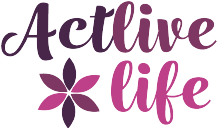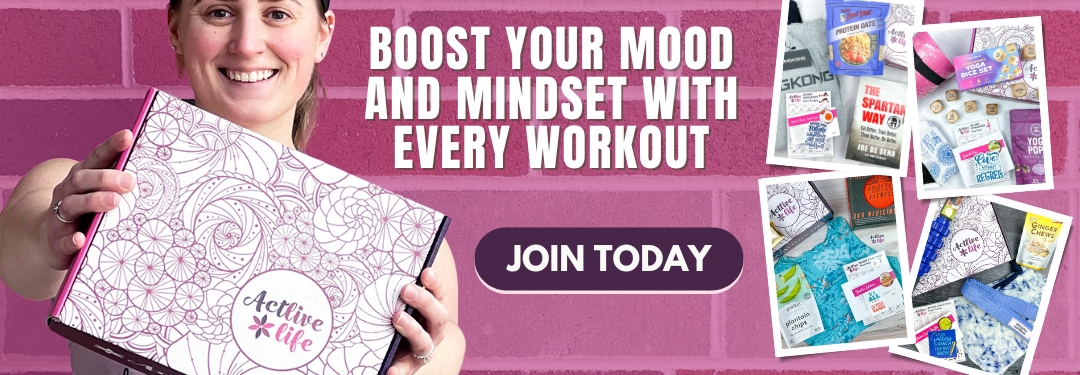Self-improvement has gained widespread attention in recent times. Many individuals acknowledge the necessity of proactively enhancing themselves, experiencing notable advantages in both personal and professional spheres. At times, it can feel akin to treading on a treadmill – constant efforts to better oneself are crucial just to stay afloat.
A central aspect of any drive for self-improvement is habit formation. Forging new habits is, in practical terms, how any self-improvement gets done. One concept in this area that has gained popularity is "habit stacking." But what is habit stacking? How does it work? And can it help you?
Habit Stacking: A Smarter Approach to Self-Improvement and Lasting Habits
Habit stacking is a way to counteract the fact that building new habits is difficult. This is an obvious reality reflected in the fact that millions of people try and fail to start new habits -- whether it's regularly exercising, eating a better diet, wasting less time on social media, or anything else -- all the time.
But what is relatively easy, all things considered, is continuing a habit that already exists. Habits, particularly those that are long-standing, are very strong. That can be either a good or bad thing, of course. If the habit is good, it's beneficial that it has such strong roots. The reverse is true for harmful habits.
But how does the strength of habits connect to the process of building new habits? Well, it turns out that habit stacking, a strategy for exploiting the strength that old habits have to create new habits, is the means. Habit stacking works by combining -- or stacking on top of each other -- a new habit and an old one.
The basic idea is to take a habit you already regularly do as matter of course, practically automatically, and then connect it to a new habit you want to adopt. If you want to exercise each day, you can make it a rule to always change into your workout gear as you take off your work attire after getting home from work. You can see the pattern -- you are taking something you already do constantly (changing out of your work clothes) and connecting it to your new goal habit. This will make the new habit much less difficult to adopt.
There are lots of other ways how habit stacking could benefit someone. The right means, of course, will depend on what you are trying to accomplish. If you want to eat a better diet, make sure to put some vegetables on your plate with every meal. If you want to meditate or pray more often, you could do it immediately after you get out of bed in the morning. If you feel you've been spending too much time on your phone, you could shut your phone off for the day when you eat dinner.
Habit stacking works better than relying on pure willpower to forge new habits for the simple reason that it relies on an existing habit. Habit stacking is like taking a shortcut to avoid an otherwise long, difficult journey. The key is to choose the right initial habit to combine with your new goal habit. You want something that you do often, and you want something that is truly a habit. Habit stacking can fail if the cue habit isn't fully integrated into your life.
Moreover, habit stacking provides specificity to what is otherwise nothing more than a vague, unrealized desire. Many people have vaguely defined goals that are of little genuine practical use. For example, wanting to get in better shape is a worthy goal, but without an idea of how to do it, there is no chance of success. You need a concrete, actionable plan if you are to make progress.
While there are certainly other worthwhile methods for fostering new habits, habit stacking is one of the better tools for adopting new habits. Building on the strength of already existing habits is a way to use something you already do as a matter of course to your advantage. The specificity of habit stacking is also valuable. Habit stacking is particularly worth considering if you are having trouble making a new habit stick using other common habit formation methods.
Always consult your physician before beginning any exercise program. This general information is not intended to diagnose any medical condition or to replace your healthcare professional. Consult with your healthcare professional to design an appropriate exercise routine. If you experience any pain or difficulty with these exercises, stop and consult your healthcare provider.


